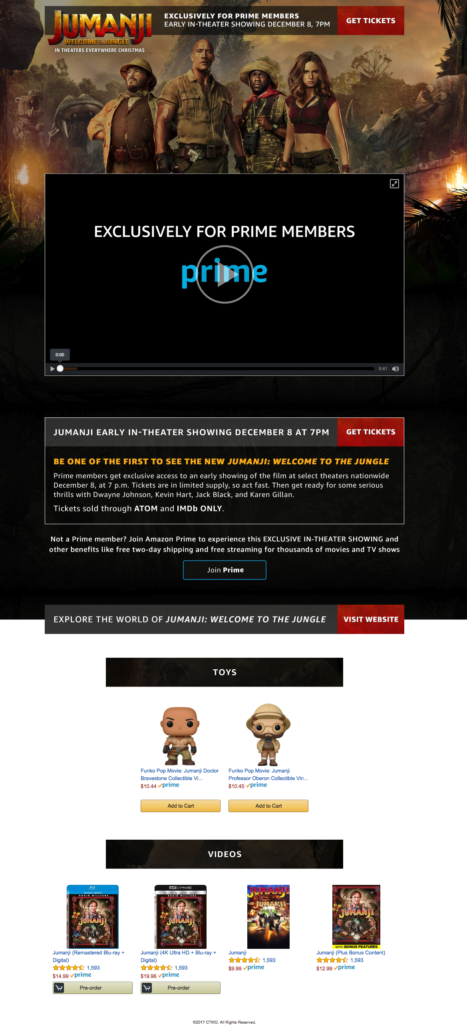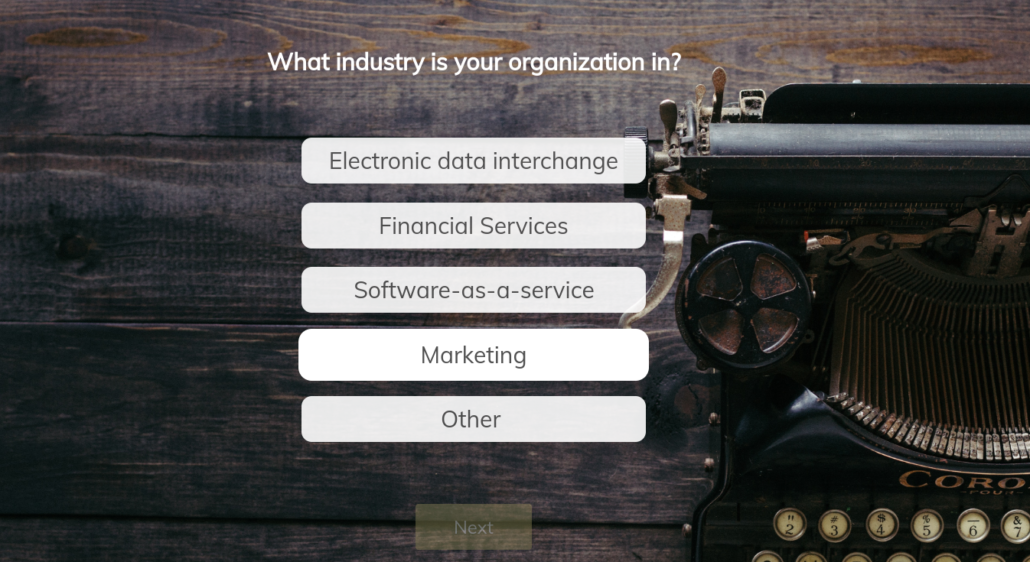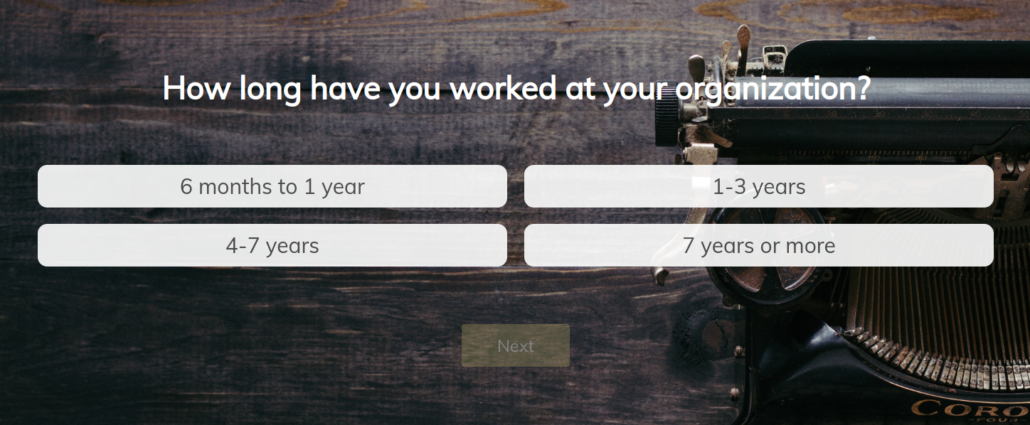— October 2, 2018
According to Hubspot, converting leads to customers was the number one marketing priority for 70% of companies last year. It’s no doubt a top goal for companies of all industries and sizes. However, there are quite a few myths surrounding lead generation (and what constitutes success.)
From misunderstanding how to find qualified leads to confusion about when the best time to contact them is, the lead generation legends keep growing. As a result, sales teams are confused and left wondering about the best ways to reach — and convert — their most qualified leads.
With that being said, we’re debunking some of the most popular lead generation myths to arm your sales team with new tactics.
Myth 1: Social media is ineffective when it comes to generating quality leads
It goes without saying that social media is an impactful channel when it comes to customer service and engaging with your audience. From handling complaints and questions on Twitter, to sharing your most recent company updates with followers, social media is an integral part of any marketing strategy.
However, social media has repeatedly proven itself as a reliable way to generate legitimate leads. According to Pinpoint Market Research, 64% of B2B marketers generate leads via LinkedIn, 49% through Facebook, and 36% through Twitter.
With social media, the creative possibilities are endless. Take this campaign from Ikea, for example:

The Swedish furniture company gathered qualified leads for a specific audience (in this case, college students) through a contest. Users took the quiz and were automatically entered to win a dorm room makeover. Simple and effective.
Social media is a powerful tool for many reasons, namely due to it’s targeting capabilities. Regardless of the type of campaign you’re running, having the correct targeting in place will ensure you reach only the leads that matter to you most.
Myth 2: Lead generation doesn’t require customer education
You can’t expect customers to visit your website once and then convert — unless, of course, they’ve done extensive research on their own and made a decision beforehand. More often than not, new leads aren’t going to blindly purchase a product they don’t know anything about.
We hate to say it, but a few sleek sales lines aren’t going to convert leads, either.
Enter customer education. Teach your prospects about your product or service and how it can help them reach their goals. Nurturing potential customers through multiple touchpoints is essential to conversion. Whether it’s through informational blog content, webinars, email campaigns, or ads, seeing your brand across different channels will help them warm up to your product.
But it’s not enough to pop into inboxes and news feeds; you must provide value to leads with every interaction. Actionable takeaways, free guides, and useful insights will not only help potential customers remember your product, but will help set you apart from your competitors as well.
Engaging with customers across multiple touchpoints throughout their journey will ultimately be the difference between a customer who converts and one who doesn’t. That’s a fact.
Myth 3: Creating dedicated landing pages is a waste of time
The truth is just the opposite: Creating a dedicated landing page is an integral part of lead generation and can help put important information front and center.
With a dedicated landing page, you can showcase specific parts of your product, educate potential customers, and provide exclusive content catered to a particular audience. It also gives customers a starting point from which they can get to know your product and your company as a whole. This is especially important when dealing with cold leads or customers who are on the fence about moving forward with the product.
Keep in mind that when sending qualified leads to a landing page, you want to make sure it includes content that is beneficial that will ultimately lead them to convert. For example, take Amazon’s Jumanji promotion for Prime members interested in seeing the movie:

This interactive landing page checks all the boxes:
- A clear call-to-action at the top of the page
- An engaging video featuring the stars of the new movie
- Messaging that appeals directly to the target audience
- A related products section to encourage additional browsing and purchases
This landing page resonates with potential leads due to catered and engaging content. Nothing on the page is without purpose, which helps keep things simple and encourages customers to convert.
Myth 4: New leads are immediately ready to be contacted
Once new leads are acquired, it’s tempting to start sending sales information and begin nurturing right away. But bombarding new leads with emails and other materials is a surefire way to overwhelm.
More often than not, when a new lead comes to your website for the first time, they are a cold lead. They are likely trying to get familiar with your company and your products. This is where nurturing comes into play. According to the 2017 Lead Nurturing & Acceleration Survey Report from Demand Gen, bundled nurturing content within a resource hub generated a 3X increase in the lead to pipeline ratio.
As we discussed above, when it comes to nurturing leads effectively, it’s essential to provide value in everything you share with potential customers. Free resources and actionable blog content are great ways to not only offer value, but also to showcase your expertise and knowledge.
Also, allowing leads to explore your site and products at their own pace will prevent them from being scared off. Make sure you have the proper tracking in place so you can gather insights as they navigate through your site. This is a great way to understand why potential leads are interested in you as well. For example: SnapApp allows you to create interactive content that can help indicate where site visitors are in the customer journey.



This particular example uses a survey that’s designed to gauge user interest and understanding of a product or service. Having access to information like this can help you make decisions when it comes to future campaigns and client communication cadence.
Myth 5: There is no effective way to track lead generation results
According to a study from Integrate, B2B marketing teams often spend upwards of 40 hours a month formatting and processing leads for database upload. That’s a lot of time spent organizing sales leads.
Despite this staggering number, this myth couldn’t be further from the truth.
These days, there are tons of ways to effectively track the trajectory of your lead generation efforts. This should be a top priority for your team, as it will help you plan future strategies and campaigns. Regardless of what you’re tracking, you need the proper analytics in place to ensure your team is collecting everything you need to make data-backed decisions.
Whether you’re using sophisticated tracking software or keeping it old school with spreadsheets, understanding where you’re trending with leads will help drive success.
Wrap up
There are many misconceptions about lead generation and how to find those golden leads. It’s important to arm your sales team with the information and tools necessary to make the most of every interaction.
Having a clear understanding of how your team can best acquire, nurture, and convert the most qualified leads is essential to succeed in the sales world. Providing value at every touchpoint will help your leads warm up to your product and move them along the lead generation funnel. Additionally, access to critical data gathered by past interactions can help your team make the most educated decisions when dealing with future leads.
When it comes to lead generation, one thing rings true for all brands: Investing in learning how you can best reach your key audience will ultimately help you convert more leads.
Business & Finance Articles on Business 2 Community
(63)






